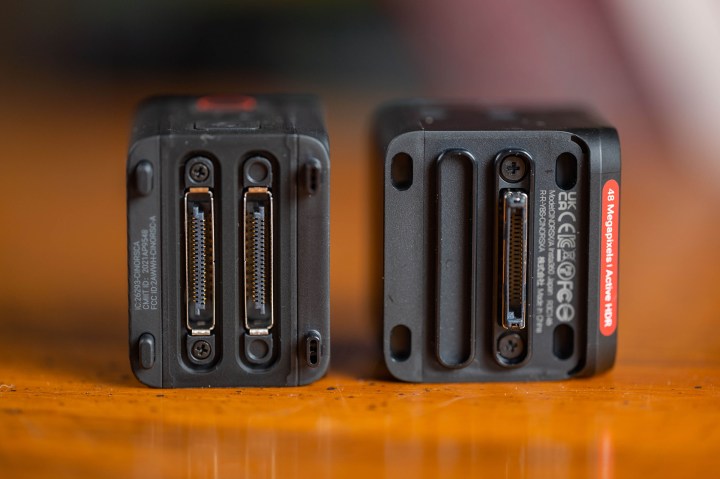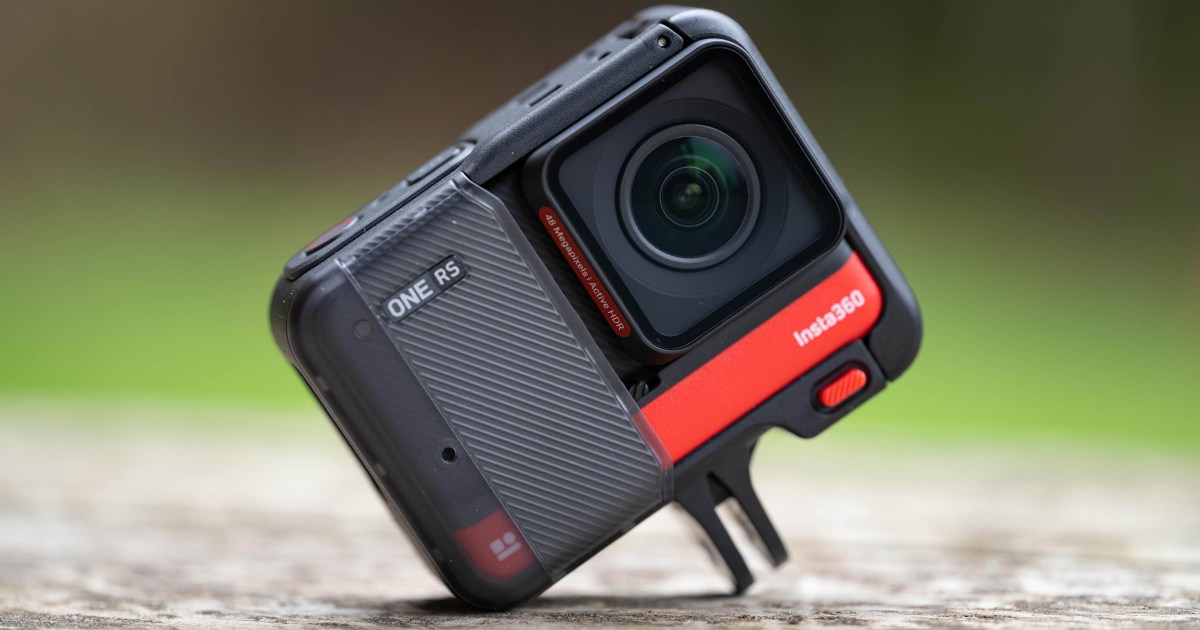
Insta360 ONE RS
MSRP $299.00
“The Insta360 ONE RS is the best you can buy to gain entry into the 360-degree camera space and the fact that it’s modular means it will last for years to come.”
Pros
- Built-in Flowstate video stabilization
- Flexible modular design
- Good value for money
- Excellent way to get started shooting 360 video
- Upgradeable system promises longevity
- Great software and app integration
Cons
- Can’t shoot 4K at 120 fps
- Fully assembled camera is bulky
- 360 camera resolution is best suited for small screens
With their capability to capture an all-encompassing field of view, 360 cameras offer an enticing prospect for creators. Not only do these cameras enable you to vlog, capture smooth footage of your surroundings, and create dynamic moving shots, they also allow you to film truly unique and trippy videos of “tiny planets”, and other unusual effects. The problem for me has always been that I have shot more traditional, narrowly focused video, which has kept me from investing in a dedicated 360 camera that I’m not sure I’d end up using.
It might be the perfect tool for introducing cautious creators such as myself to the world of 360 video.
The Insta360 One RS solves this conundrum for me by making 360 shooting an option, in addition to functioning as a traditional action camera, a type of device I use on an almost daily basis. It might be the perfect tool for introducing cautious creators such as myself to the world of 360 video.
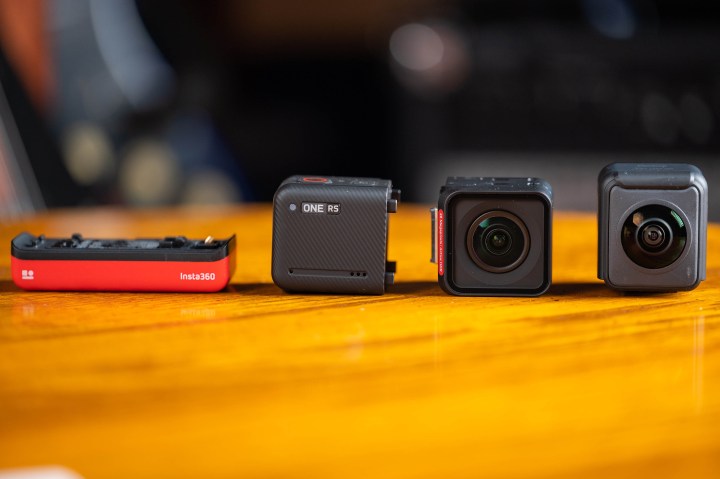
Design
The One RS, when assembled, is very similar in appearance to a typical action camera. The device is composed of four separate components: a module with a screen, a battery module, a camera module, and a bracket that wraps around and waterproofs the One RS. The key here is the camera module and the fact that it can be swapped out to enable different functionality.
There’s the 4K boost lens, which is your traditional wide-angle action camera lens, a lens with Leica glass and a large 1-inch sensor, and the 360 camera module. Also, the new 4K boost lens and core module are compatible with the original One R, meaning that if you already own that system with the 360 lens and/or the 1-inch sensor module, then you can upgrade at a lower cost.
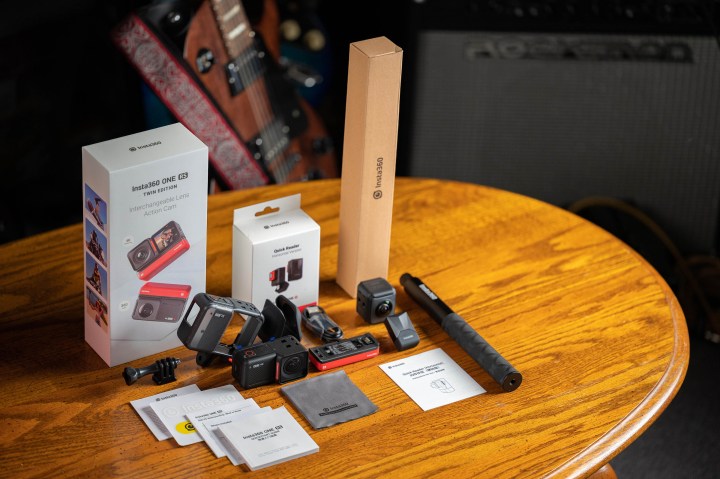
Speaking of upgrades, the new core module in the One RS adds an extra mic for better audio recording, 50% faster Wi-Fi, a digital zoom function while recording videos, and a quick menu system to provide fast access to preset shooting modes. All of these are welcome upgrades over the One R, in addition to the higher performance of the new 4K boost module.
There is a wide range of accessories available for the One RS, from dive cases to a larger battery. Newly added to this range is the One RS Mounting Bracket, which I can confirm makes it very easy to swap lense and battery modules. It also features a windscreen that improves audio performance. For the device to be fully functional and rugged, you’ll want to use this mounting bracket most of the time. However, it must be noted that because of this, the assembled device is fairly large and bulky compared to other contemporary action cameras.
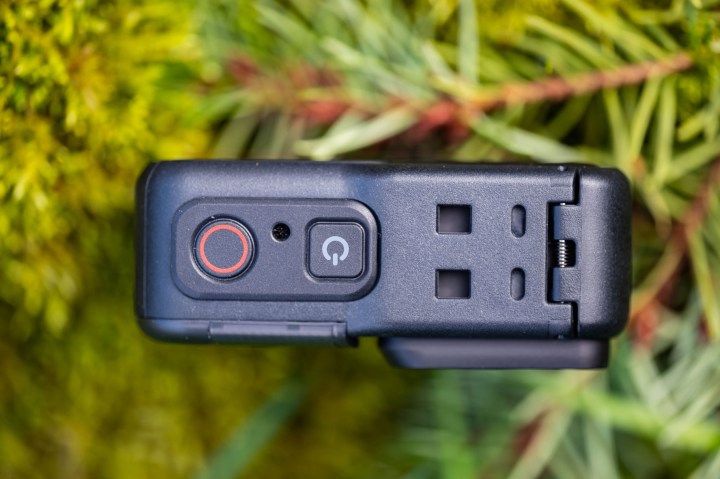
Another new accessory is the One RS Quick Reader, which is a microSD card reader that plugs directly into the camera to save files from the camera onto a microSD, and into your phone for editing. Using it means you no longer have to transfer files from the camera to your phone for editing. This saves battery life in the devices and on your phone.
I also use the One RS with the “Invisible Selfie Stick”, which I find to be surprisingly effective. It’s great for recording 360 footage, and also just as an overall excellent selfie stick.
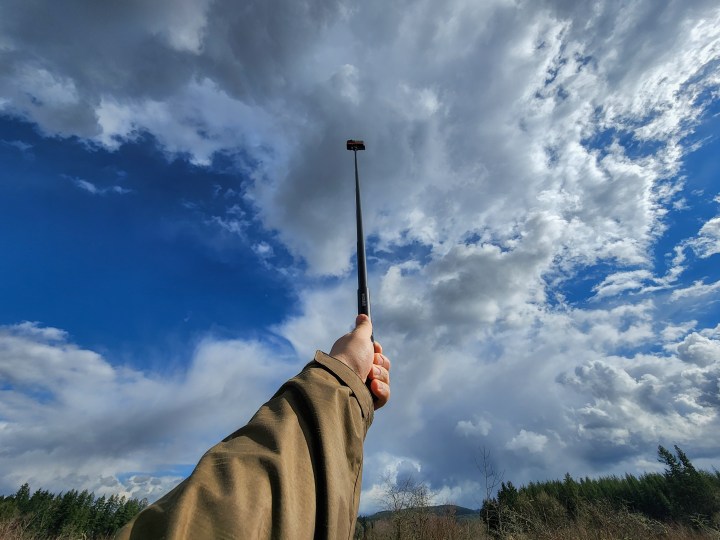
After a short period of adjusting to the modular system of the One RS, I find it all to be quite intuitive to use. Swapping modules is reasonably quick, and the whole thing snaps together pretty easily. The display is small but usable. The menus are straightforward and I have no problem navigating them.
It’s waterproof down to 16 feet with an IPX8 rating (or more with the addition of optional accessories.) It feels well built and rugged, and I feel as confident tossing it around as I do any other action camera.

Performance
The 4K boost lens module stands up quite well to other current action cameras. It features a half-inch 48MP sensor, which allows you to capture footage at up to 6K resolution in 2.35:1 aspect ratio. In the more typical 16:9 aspect ratio, you can capture 4K at up to 60 fps. Unfortunately, there’s no 4K 120 fps option, though the camera can capture 100fps in 2.7K and 120 fps in 1080p.
While the camera lags behind in slow motion, the 4K boost lens module is otherwise an extremely competent action camera. The footage is comparable in quality to other current action cameras, and there’s a new Active HDR mode designed to preserve details in the highlights and shadows while minimizing the ghosting issues often associated with HDR shooting.
My favorite part of the 4K boost module was the Insta360’s Flowstate digital image stabilization, which can now be applied in-camera while shooting. Before it needed to be applied while post-processing. Flowstate is extremely impressive, and yields remarkably stable footage. You can also shoot high-resolution 48MP still images with the 4K boost lens module.
It’s perfect for capturing everything surrounding you so that you can capture multiple angles from one clip when post-processing.
The 360 lens is the same as in the previous One R camera and is a fine entry-level 360 camera. It’s perfect for capturing everything surrounding you so that you can capture multiple angles from one clip when post-processing. The footage looks fantastic on a small screen, but as I’ve found in the past, 5.7K isn’t actually that much resolution in a 360 camera. For viewing on your phone or tablet it’s great, but the resolution breaks down on large monitors and TVs. Keep in mind that if you’re capturing really exciting content this doesn’t matter, and the flexibility for post-processing compensates for the resolution in high-octane action scenarios.
I have to mention that I did occasionally run into some inexplicable glitches with the One RS. Most noticeable were when it would freeze and crash, which happened on several occasions. I won’t count this against the camera, however, as I did test it using pre-release firmware. Also, I did not have the 1-inch sensor module to test, so I can’t comment on its performance.
Overall, the One RS offers both solid performance as an action camera, as well as a very fun and accessible 360 video experience.
Battery life
I was very happy with the length of time the One RS was able to go without needing to recharge. It’s enough to do a fair bit of shooting, and swapping battery packs is a very quick process.
Software and connectivity
Insta360 has created a robust array of software for Mac and PC, as well as an Adobe Premiere integration and apps for Apple and Android devices. While the computer software and Premiere plugin are great to have, I really want to focus on the experience of using the mobile app, as it’s really quite remarkable.
The wireless linking of the camera to the app is slickly automated in a way that removes nearly all the frustration that typically prevents me from doing so regularly with other cameras.
For a start, the wireless linking of the camera to the app is slickly automated in a way that removes nearly all the frustration that typically prevents me from doing so regularly with other cameras.
Everything in the app is extremely accessible, and it’s a great way of controlling the camera remotely. It’s particularly useful for editing, as it’s an easy and fun method of editing 360 footage. The creative tools for accomplishing this are literally at your fingertips, and with just a little trial and error I was able to put together some really cool shots.
The app was a much better way of editing 360 footage than with desktop software in my experience.
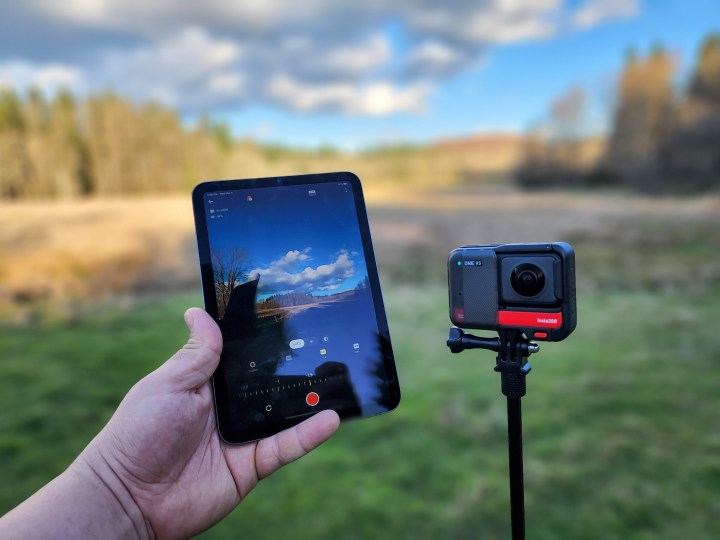
Price and availability
The Insta360 One RS is available now and comes in several different bundles at different price points. The 4K edition, which includes only the 4K boost lens, is just $300. If you want the 360 lens as well, you’ll need to buy the Twin edition which costs $550. Alternatively, you could opt for the 1-inch edition, which will also retail for $550.
This actually makes this camera system a better bargain than competing options, and each one of these bundles represents excellent value for money compared to its competitors.
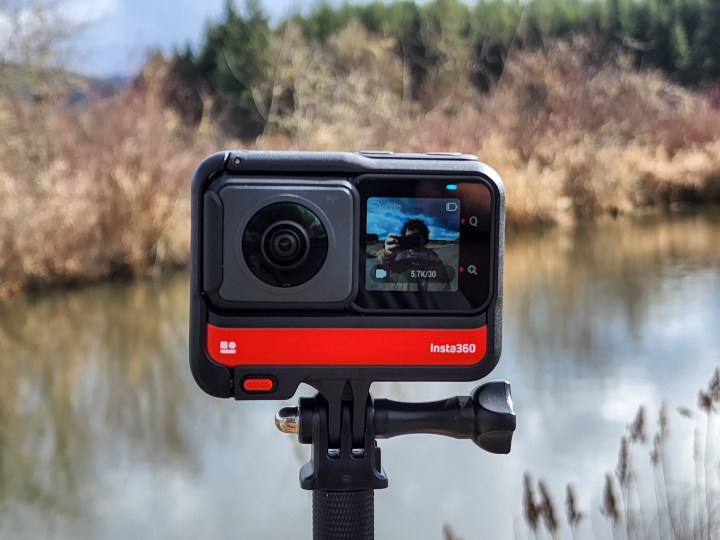
Our take
The Insta360 One RS is the most fun I’ve ever had with an action camera. In the two weeks I spent shooting with it, I feel like I only scratched the surface of the creative possibilities it offers. It removes many of the barriers to getting into shooting 360 video, and the companion app integration is seamless, intuitive, and rich with features. Insta360 has affirmed its commitment to the upgradeable modular system they introduced with the One R, and the One RS is a triumphant follow-up that establishes them as a contender in an exciting new era for action cameras.
Is there a better alternative?
The One RS has pretty stiff competition in the action camera space. The GoPro Hero 10 is an extremely refined and powerful option. It’s got a traditional design, however, so isn’t as versatile as the One RS.
The DJI Action 2 has a modular design similar to the One RS, but with only one camera option. Instead, it uses modularity to reduce its overall size and to add other functionality, such as compatibility with the DJI Mic.
The advantage the One RS has over its competitors is that it’s the only action camera that offers swappable camera modules, which can be either a traditional wide-angle action camera or a 360 camera. Additionally, there’s a module with a 1-inch sensor and Leica lens if you want to maximize image quality.
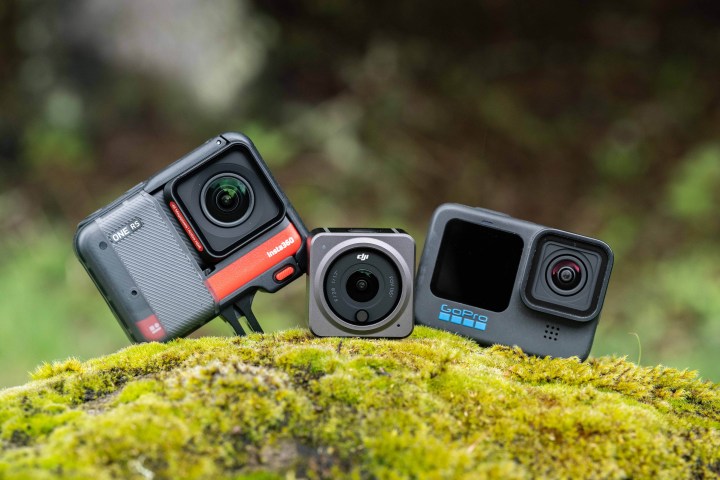
How long will it last?
Due to its modular design and Insta360’s apparent commitment to cross-generational compatibility, the One RS is a system that seems like a good investment in the long term. For example, owners of the previous One R Twin edition bundle only need to buy the basic 4K edition, essentially saving the $250 that buying a new Twin edition bundle would have cost them.
This upgradeability is similar in concept to buying a DSLR or mirrorless ILC camera and lenses and being able to continue using your lenses over multiple generations of cameras. It’s wonderful to see this concept make it to the action camera space, and it dramatically expands the longevity of your gear.
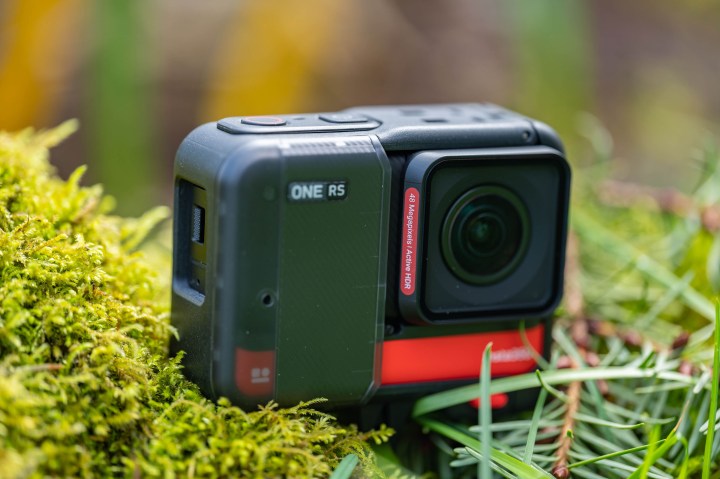
Should you buy it?
Yes. The Insta360 One RS is the perfect camera system if you’re interested in 360 cameras, but don’t want to commit to buying a dedicated system. The One RS offers an immense amount of flexibility and value.
Credit : Source Post

